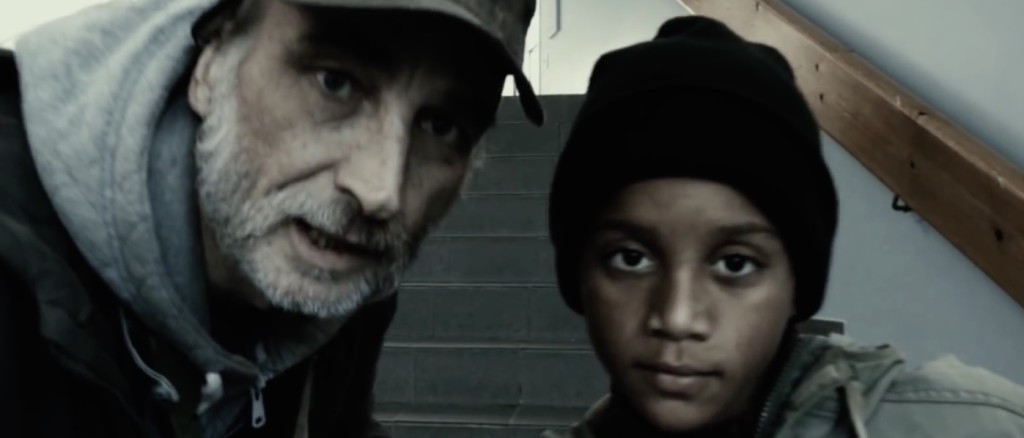Why let Ken Burns have all the fun? If you’ve got a life—and a mobile device—you can make personal documentaries that will inform and delight viewers.
The idea of local journalism isn’t new. Decades before the Web, New Zealand author Janet Frame wrote a short story “One Must Give Up” in which the narrator declares that she’ll no longer consume mass-market information: “I am now maker of my own news…which no one thought to broadcast…or report in the newspapers.”
You don’t need big subjects like war or natural disasters to attract people’s attention. Instead, look to your own experiences and to the world around you, then think short. You’ll greatly increase the odds of your doc being seen if it runs just a few minutes. In addition to venues like Facebook, there’s a growing number of short documentary festivals for sharing your work. Some, like MobileMovieMaking.com’s Mini-Doc contest, are free to enter.
To help you discover mini-doc topics in your own life, here’s a list of proven categories:
Animals: While you can certainly make an interesting documentary about a pet, don’t stop there. We recently saw a fascinating mini-doc about a fly, shot with a smartphone equipped with a macro-lens.
Artists: Documenting a local artist’s method can be as interesting as the artist’s finished work. Behind-the-scenes videos also work with musicians, dancers, and actors. And don’t think only of adults. A teenager drawing cartoons for the school paper can make an intriguing subject.
Beauty: Because beauty is in the eyes of the beholder, a documentary about what you define as beautiful will likely be unique. So, for example, a mini-doc about the beauty of Venice, Italy, will be different from a doc shot in Venice, California.
Memories: Making a mini-doc is a great way to keep an unknown tale from being lost.
Your grandmother might talk about a beau she almost married; a neighbor could tell about surviving a plane crash.
Nature: The National Geographic hasn’t exhausted this genre. There’s plenty of news to be reported in your garden or in a local park.
Organizations: Every group has a history worth exploring. It could be the origins of a community center, a theater troupe, a hiking club, or your church.
People: Celebrities aren’t the only interesting characters. How about the senior citizen doing T’ai Chi at dawn each morning, or your neighbor endlessly practicing a skateboard trick?
Places: Anyone can figure out that there’s an interesting history to Mt. Rushmore. But it takes awareness to recognize that there’s a story to be told about a local landmark, such as the building that for two decades has remained vacant on our main street.
Problems: Documentaries such as Michael Moore’s “Sicko” bring attention to problems that needs solving. It could be a dangerous intersection or a trash-filled creek bed that might flood. By documenting a problem, you can be part of the solution.
Procedurals: Audiences love to learn how things get done, hence the popularity of shows like CSI. That same sort of video voyeurism can spark “A day in the life” mini-docs about experts such as a high football coach devising a game plan or a milliner making a hat.
This list is just a start. We welcome your ideas. And if you have a mobile-shot mini-doc, we invite you to entry it in our no-fee contest at https://mobilemoviemaking.com/mobile-mini-doc-contest/ (deadline: December 31, 2015).



 Previous post
Previous post
 Next post
Next post





